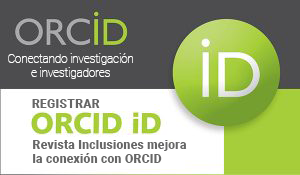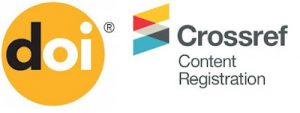USING E-TEXBOOK IN A DIGITAL LEARNING ENVIRONMENT
Palabras clave:
E-learning, E-textbook, Learning environment, Didactic features of e-textbookResumen
The rapid development of e-learning (electronic learning) in modern Russia is caused by the high rate of informatization, digitalization, upgrading of information and communication technologies (ICT), and the necessity for open and accessible life-long education, which underlies the post-industrial knowledge society. All these processes stimulate the active search for creative educational technologies that meet the requirements of the knowledge society. A modern specialist must constantly learn and improve skills and capabilities in order to keep up with the times. In the framework of the up-to-date educational paradigm, a student is considered as a subject of knowledge, and not an object of pedagogical influence. In the early 2010s, e-learning actively contributed to this process. E-learning allows students and teachers to integrate into the global scientific community and take an active part in the interaction of cultures, including the exchange of moral and spiritual values. Implementation of e-learning is one of the key tasks in the context of the modernization of Russian education. The term “electronic learning” is translated into Russian in different ways. The most popular options are: “distance learning/education”, ‘mobile learning”, “virtual training”. The European Commission interprets e-learning as the use of new multimedia and Internet technologies to improve the quality of training and education, the availability of support services and educational resources, as well as remote knowledge sharing and collaboration. This is a learning process based on interactive electronic means of storage, delivery, and presentation of information: the Internet, local networks, CDs, and other storage devices
Descargas
Descargas
Publicado
Número
Sección
Licencia
Los autores retienen los derechos de autor y otorgan a Revista Inclusiones el derecho de publicación bajo Creative Commons Reconocimiento 4.0 Internacional (CC BY 4.0). Bajo esta licencia, cualquier usuario puede copiar, distribuir y reproducir el contenido en cualquier medio o formato, siempre que se cite adecuadamente al autor y a la revista como fuente original.











